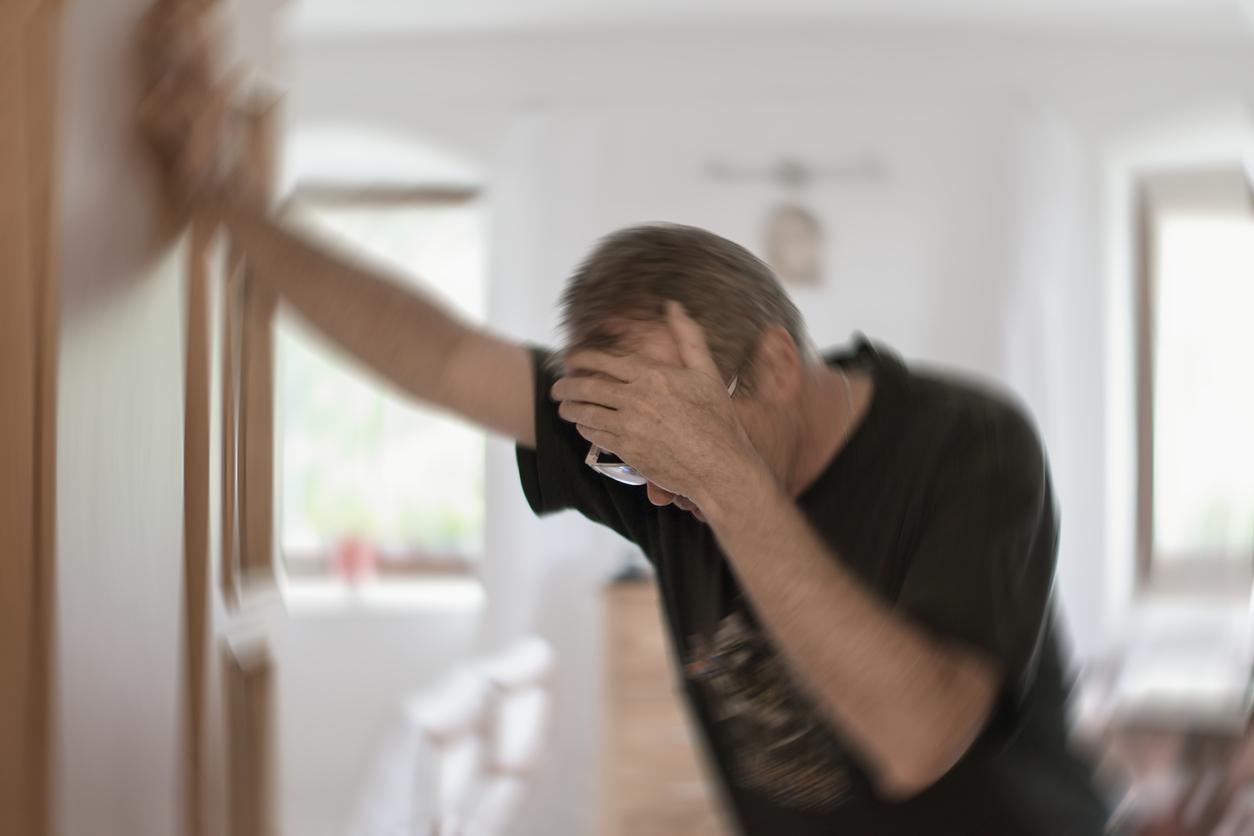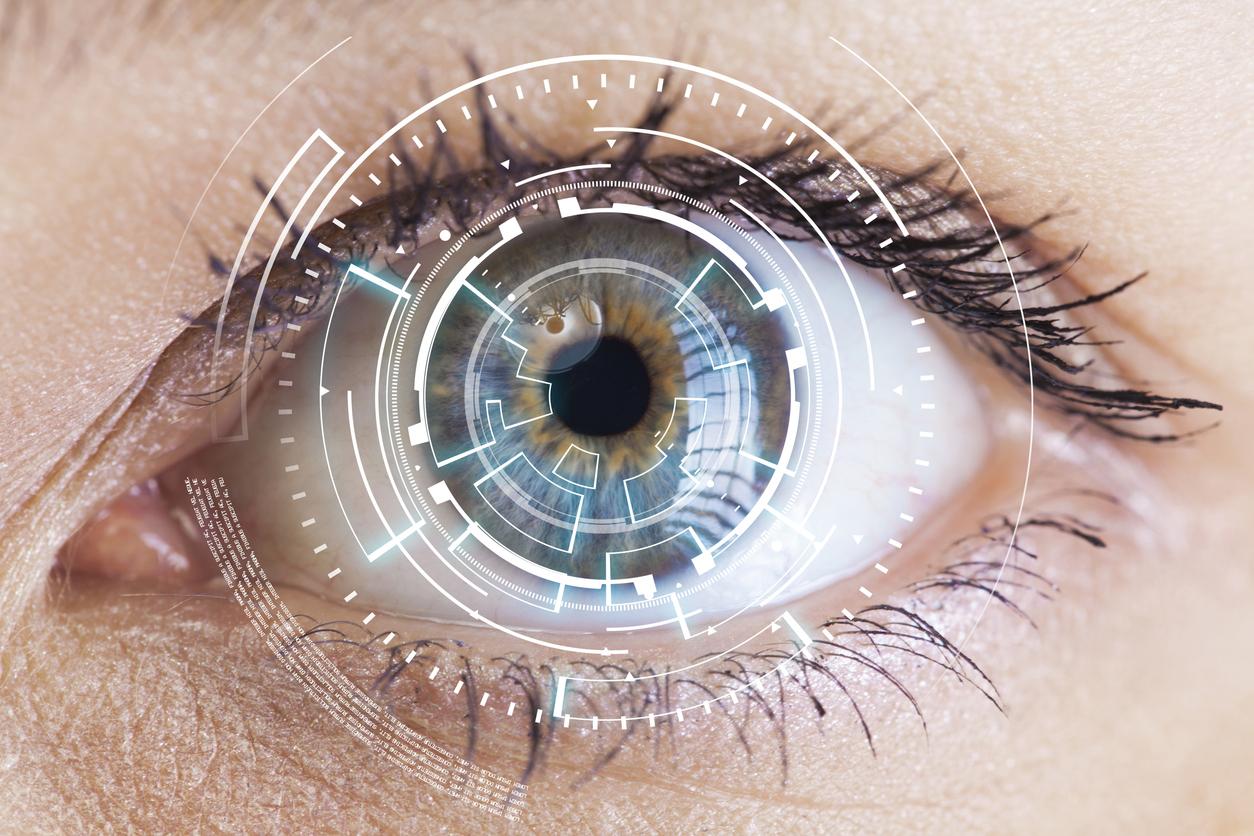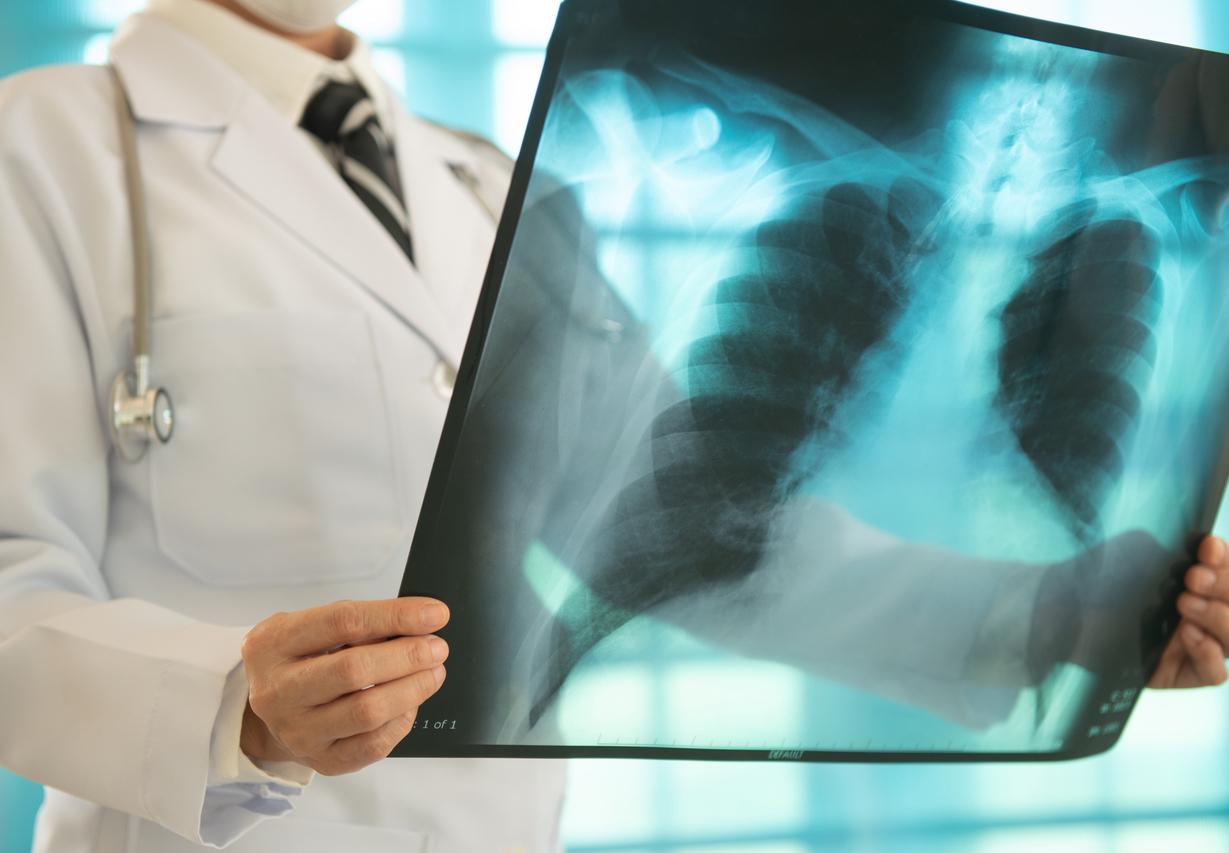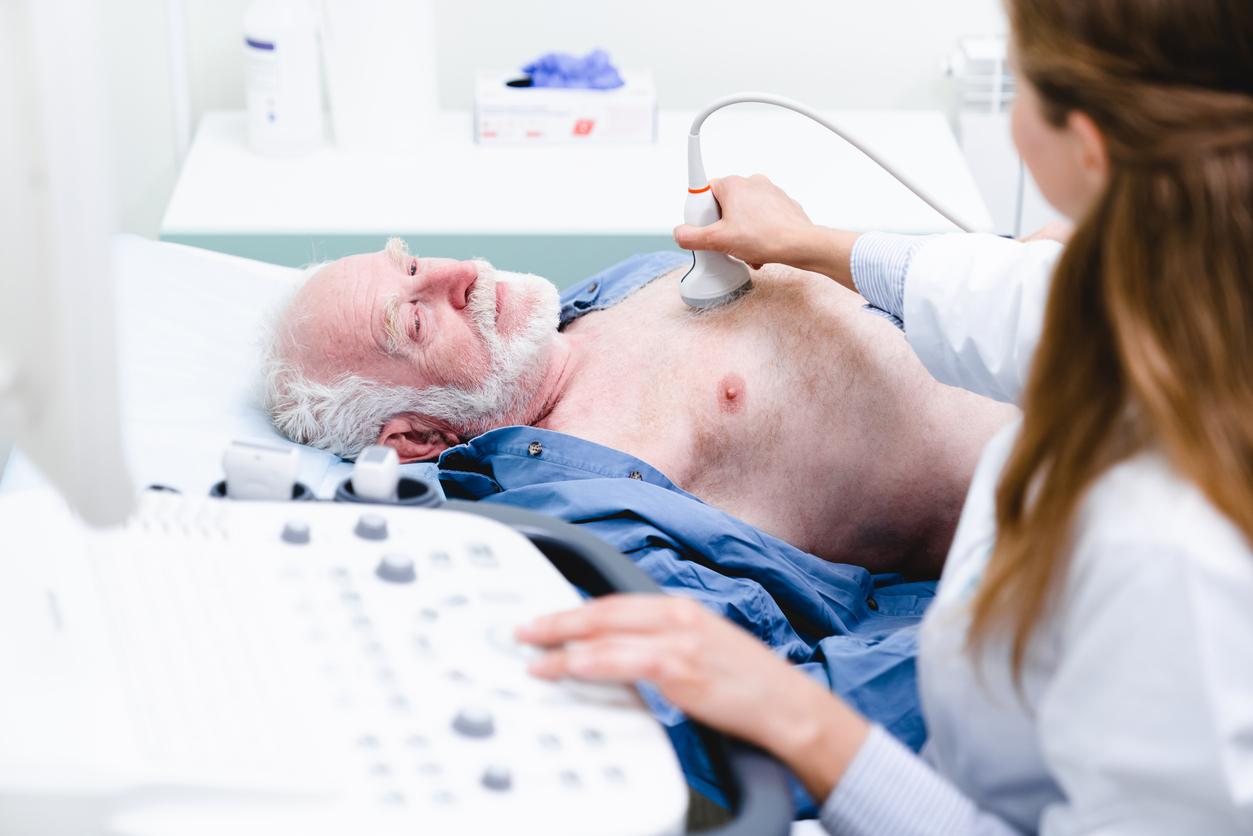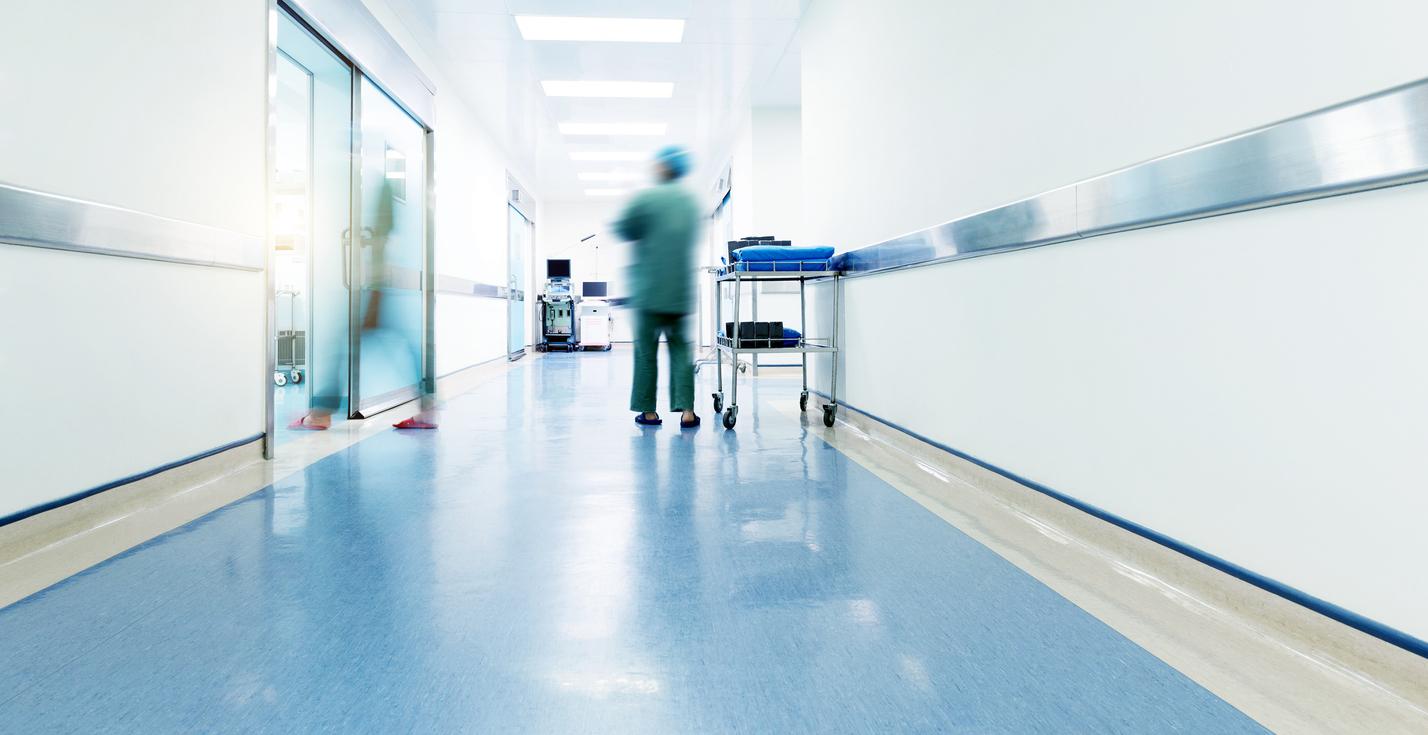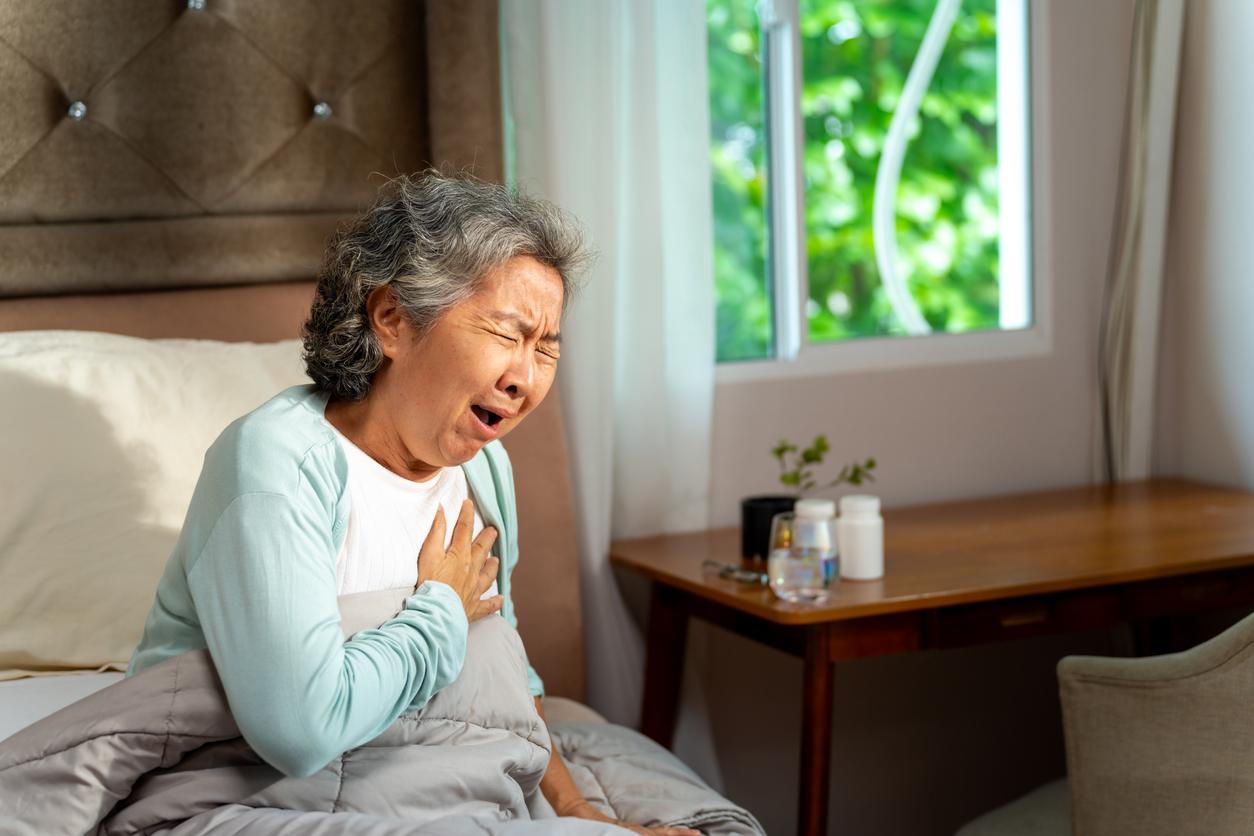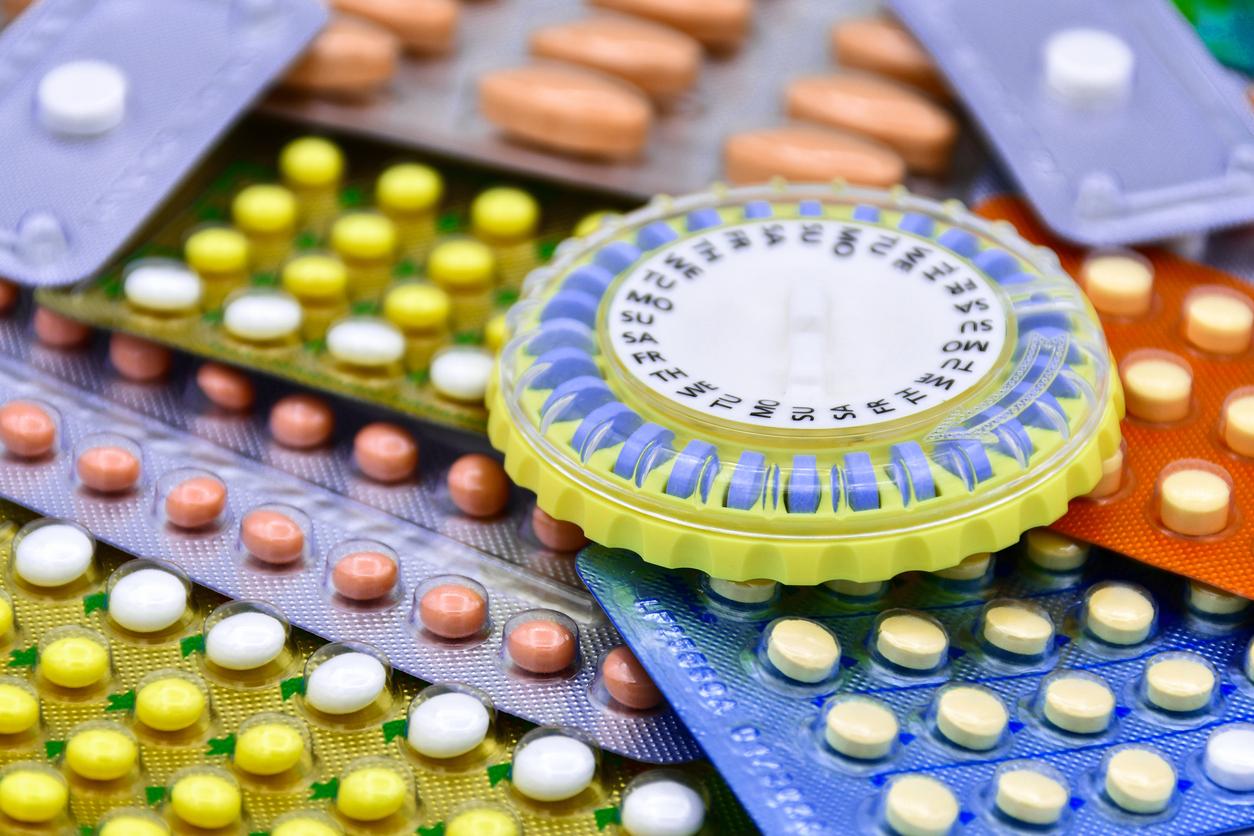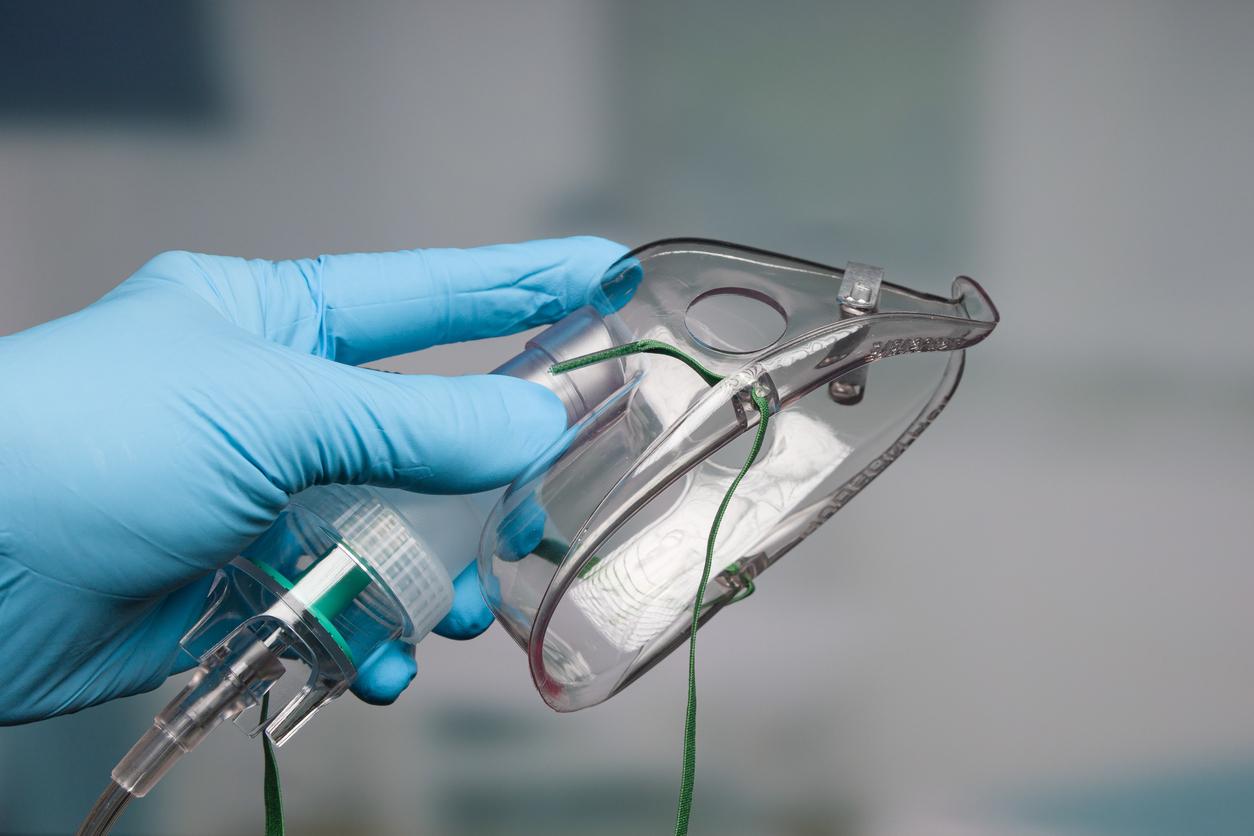A simple oxygen mask could protect people with a stroke acute neurological sequelae, according to the results of a study published in the journal Brain. Asked to patients while health professionals replenish the patient’s brain with blood and therefore oxygen, it would prevent neuronal loss. Conclusions obtained in animals.
Inserm researchers have tested normobaric oxygen therapy on animals (100% oxygen delivered by a simple face mask). Researchers have shown that this very simple treatment almost completely prevents neuronal loss and tissue inflammation in these animals, and completely prevents sensory-motor deficits, following cerebral ischemia.
Reduce the after-effects of stroke
L’cerebrovascular accident (CVA) corresponds to the obstruction or rupture of a vessel that carries blood, and therefore oxygen, to the brain. It is an absolute medical emergency which requires calling the Samu (15). The most frequent and disabling sequelae are hemiplegia (paralysis of the left or right half of the body) and aphasia (oral and written language disorder, affecting expression and understanding).
“This work also has significant value for its transfer to humans because the treatment consists of a simple oxygen cylinder and a light face mask. This treatment would therefore be very easy to implement Å“ It would also be possible to implement it at home, before help arrives, in patients at high risk of stroke. AVC, thanks to a minimal training of the patient and his spouse” explains Jean Claude Baron, director of research at Inserm and neurologist attached to the Sainte-Anne hospital.
Reduce the risk of stroke
First cause of physical disability and second cause of dementia after Alzheimer’s disease, stroke affects an average of 130,000 people a year in France, causing 33,000 deaths. More than 77,000 victims suffer sequelae until the end of their lives (aphasia, memory problems, etc.). However, these figures could be reduced because doctors believe that 80% of strokes or recurrences could be avoided, by having a better hygiene of life (stop smoking, limiting alcohol, eat balanced and do at least 30 minutes of physical activity each day), and sleep better.
Read also:
Stroke: the signs that should alert
Stroke and ruptured aneurysm: what’s the difference?
Stroke: they occur after heart operations








